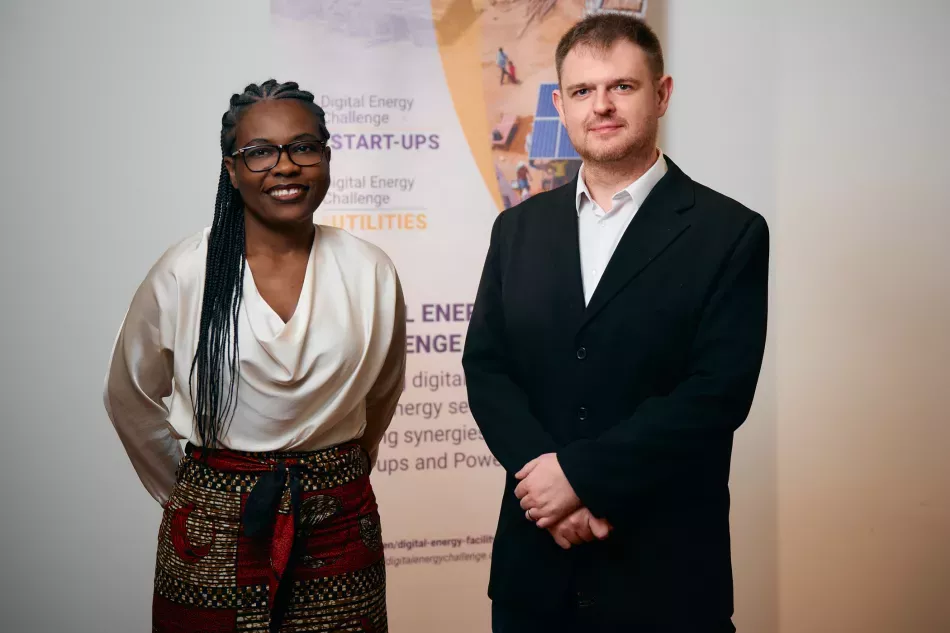
The project is led by EMAE & HartBR,
EMAE - Water and Electricity Company is a public entity, endowed with administrative and financial autonomy, under the supervision of the Central State Administration Body responsible for the water and electricity sector.
HartBR is a technology based company, with a high level of knowledge in electronics, physics and mechanics, and drive all of this expertise to the development of products and solutions for the electrical sector.
"The system called Doris is designed to integrate more intelligence in MV distribution and sub switches. It aims to improve the situational awareness by providing real time information." (Ralph Campos, IoT Senior Manager, HartBR)
Context
The Doris system has been developed to bring greater intelligence to medium voltage (MV) distribution and sub switches. By combining hardware and software solutions, Doris is designed to detect and classify faults, analyse network functionalities, and significantly simplify the process of reconfiguring the grid after a fault.
This innovative solution is geared towards improving grid resilience and operational efficiency, especially in challenging environments. Furthermore, the system enhances situational awareness by providing real-time information to control centres, enabling a more effective response to grid disturbances.
Objectives
Enhance grid intelligence: Integrate advanced functionalities into MV distribution and sub switches to improve grid performance and fault detection.
Improve situational awareness: Provide real-time data to control centres, enabling quicker and more informed decision-making.
Streamline fault recovery: Simplify and optimise the recomposition of the grid in the event of faults, minimising downtime and service disruptions.
Expand market reach: Promote the Doris solution to other African markets by showcasing its added value in addressing grid challenges.
Activities
Integration of hardware and software: Develop and deploy a unified system that combines hardware and software tools to detect and classify faults.
Real-time data provision: Implement features that provide control centres with real-time information about the grid’s status and faults.
Fault recovery optimisation: Design and test mechanisms to simplify the process of re-enabling the whole grid or parts of it after a fault.
Market promotion: Showcase the solution’s capabilities and benefits to other African markets, addressing local energy challenges.
Impacts
Improved grid reliability: Doris will enhance fault detection and recovery, leading to a more resilient and reliable energy supply.
Real-time operational efficiency: By providing control centres with timely and accurate data, the system will enable faster and more informed decision-making.
Reduced downtime: The streamlined fault recovery process will minimise disruptions and ensure quicker restoration of services.
Market expansion in Africa: Promoting Doris across African markets will help address energy challenges in the region and establish the solution as a valuable tool for grid management.



